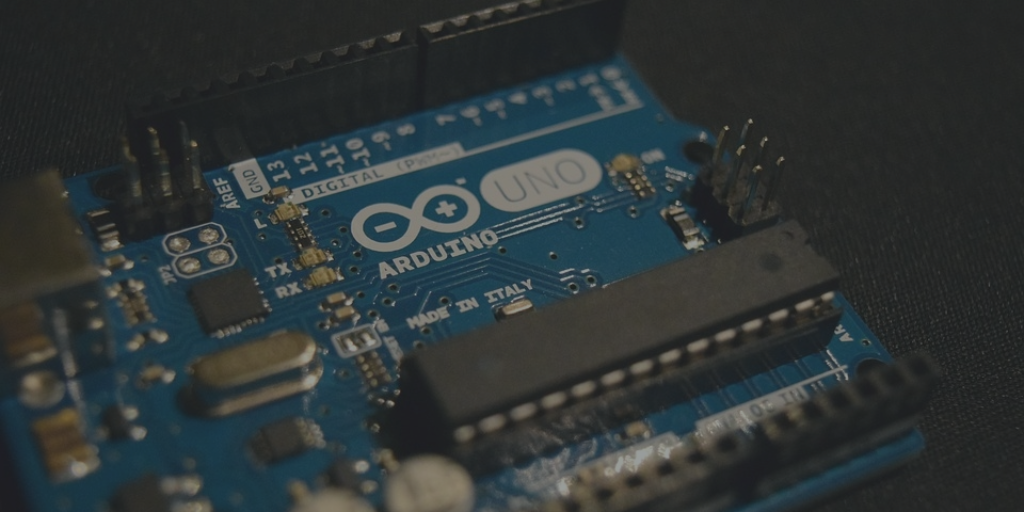The Internet of Things (IoT) is rapidly evolving, with various applications emerging from academia and industry. However, as IoT devices become increasingly effective, they also become more attractive targets for cyberattacks. IoT devices often lack robust security features, making them vulnerable to various types of cyber threats.
Common Types of Cyberattacks on IoT
Physical Attacks
These involve tampering with the hardware components of IoT devices. The distributed nature of these devices, often operating in external environments, makes them highly susceptible to physical interference.
Reconnaissance Attacks
These include unauthorized discovery and mapping of systems, services, or vulnerabilities, like scanning system ports and using packet sniffers.
Denial-of-Service Attacks (DoS)
These attacks aim to make a machine or network resource unavailable to its intended users, exploiting the limited memory and computational resources of many IoT devices.
Access Attacks
Unauthorized access to networks or devices can occur through physical means or remotely via IP-connected devices.
Attacks on Privacy
The vast amounts of data collected by IoT devices make privacy a significant concern, as attackers can exploit this data.
Emerging Threats in IoT Security
As IoT technology continues to evolve, so do the threats targeting these devices. Emerging threats include:
-
Sophisticated malware: Attackers are developing increasingly sophisticated malware specifically designed to exploit vulnerabilities in IoT devices.
-
Zero-day attacks: Zero-day attacks exploit previously unknown vulnerabilities, making them particularly difficult to defend against.
-
IoT in critical infrastructure: The integration of IoT in critical sectors like power grids and healthcare systems raises the stakes, as successful attacks could have devastating consequences.
Strategies for Defending IoT Security
Addressing the growing cybersecurity challenges in IoT requires a multifaceted approach:
-
Security by Design: IoT devices should be designed with security as a foundational element, incorporating strong encryption, robust authentication, and vulnerability mitigation strategies from the outset.
-
Cybersecurity Analytics: Employ cybersecurity analytics to continuously monitor network traffic and identify anomalies or suspicious activities, enabling proactive detection and mitigation of cyberattacks.
-
Patching and Updating: Implement robust patching and updating mechanisms for IoT devices to address vulnerabilities and proactively mitigate threats.
-
End-user education: Educate users about IoT security best practices, such as strong passwords, avoiding accessing sensitive data on unsecured devices, and reporting suspicious activities.
Leveraging Cybersecurity Analytics for IoT Security
Cybersecurity analytics plays a crucial role in combating evolving IoT security threats. It utilizes various techniques, including:
-
Data quality and data management: Ensuring the quality and consistency of network traffic data is essential for accurate analytics and threat detection.
-
Predictive analytics: Employing predictive analytics to identify patterns and anomalies that indicate potential cyberattacks.
-
Machine learning: Leveraging machine learning algorithms to continuously learn and adapt to evolving threat patterns.
-
Anomaly detection: Identifying deviations from normal network behavior that may indicate suspicious activities.
-
Adaptive data analysis: Dynamically analyzing network traffic data to detect and respond to emerging threats.
By integrating cybersecurity analytics into IoT security strategies, organizations can gain a deeper understanding of network behavior, enhance threat detection capabilities, and proactively mitigate attacks.
Cybersecurity Analytics for IoT Security
Cybersecurity analytics can be employed in three phases to enhance IoT security:
1. Identify
A comprehensive cybersecurity stage is crucial for capturing all network traffic at its source and appending both business and security contexts. This process involves integrating various types of data, such as client confirmation information, web intermediary data, and security product alerts. The objective is to establish an intelligent baseline for an integrated analytics engine, leading to more precise outcomes. This platform must be capable of adapting to an expanding network and incorporating new data sources. Beyond relying on hard-coded rules, it should employ a mix of techniques, including anomaly detection, predictive analytics, and adaptive data analysis. These methods help in identifying suspicious activity by analyzing behavioral patterns of entities and their peers.
For example, using neural network algorithms can enhance pattern recognition in network traffic, allowing for more effective anomaly detection.
2. Triage
In this phase, determining the best response requires an understanding of whether the detected behavior is localized or widespread. This is achieved through a visual control center that automatically generates and displays an entity risk score. By maintaining an organized list of suspicious entities, focus can be directed towards understanding the reasons behind the observed behaviors. Analyzing fundamental risk indicators is essential in this phase, enabling quick hypothesis formulation for further investigation and testing. Decision tree algorithms can be particularly useful here, helping classify and prioritize risks based on various parameters.
3. React
Based on the insights gained from the identification and triage phases, immediate action is necessary. This might involve isolating or removing the entity from the network temporarily to mitigate potential risks during further investigation. The criteria for such actions are based on the severity and potential impact of the threat, ensuring that responses are proportionate and effective.
Real-World Examples of IoT Security Challenges
The Mirai botnet attack in 2016 highlighted the vulnerability of IoT devices to massive DDoS attacks. This attack used a large number of compromised IoT devices to overwhelm targeted servers.
Instances of consumer IoT products being compromised with malware underscore the need for robust security measures in the development and deployment of these devices.
Conclusion
The Internet of Things presents both immense opportunities and significant cybersecurity challenges. By adopting a multifaceted approach that includes security by design, cybersecurity analytics, effective patching and updating mechanisms, and end-user education, organizations can safeguard their IoT networks and protect valuable data and systems. As the IoT landscape continues to expand, prioritizing cybersecurity becomes more critical than ever. By proactively addressing emerging threats and adopting advanced security measures, organizations can ensure the safe and secure operation of their IoT devices, enhancing their resilience and protecting against the evolving nature of cyber threats.

